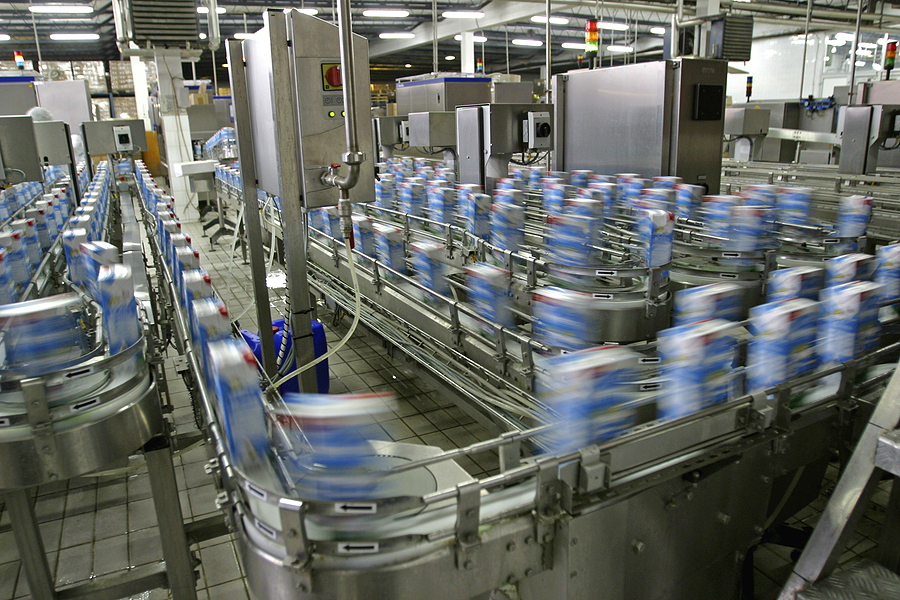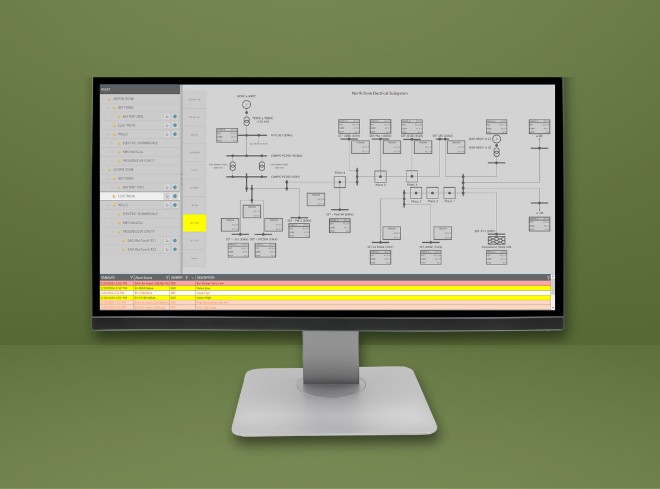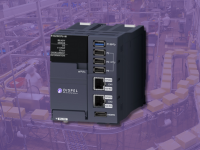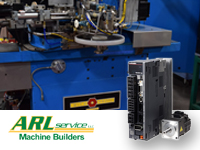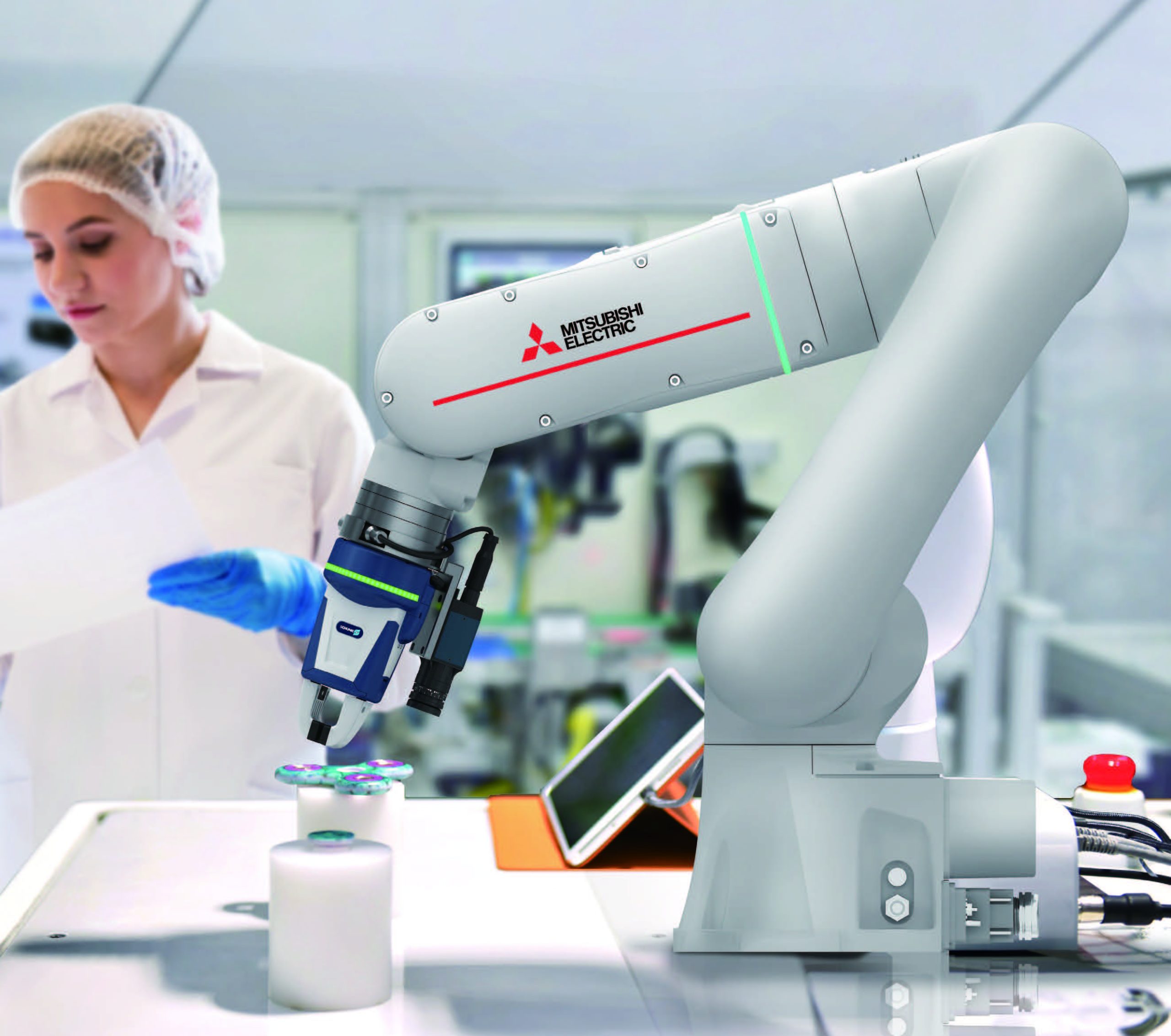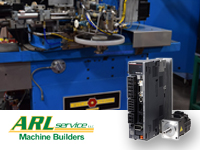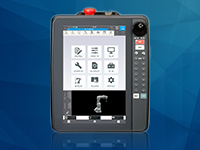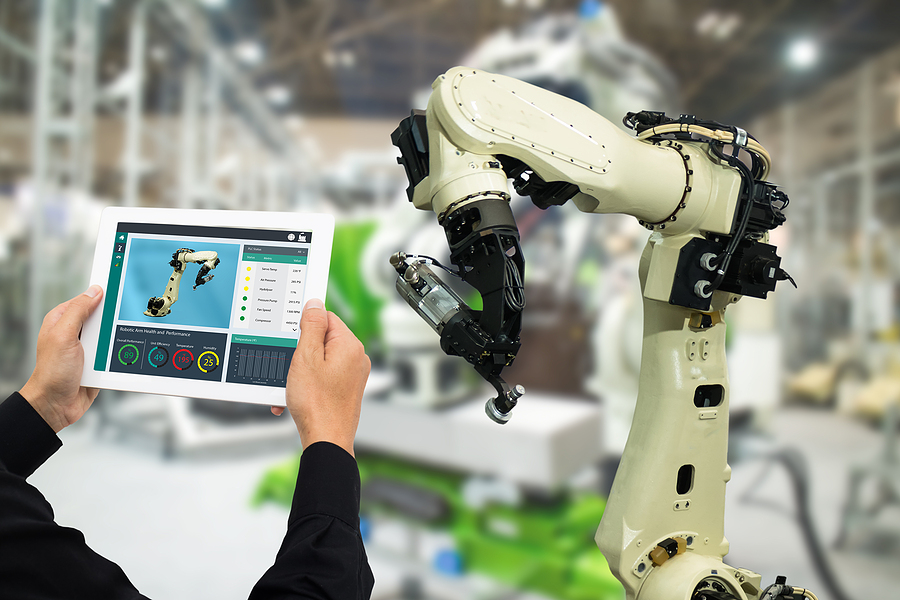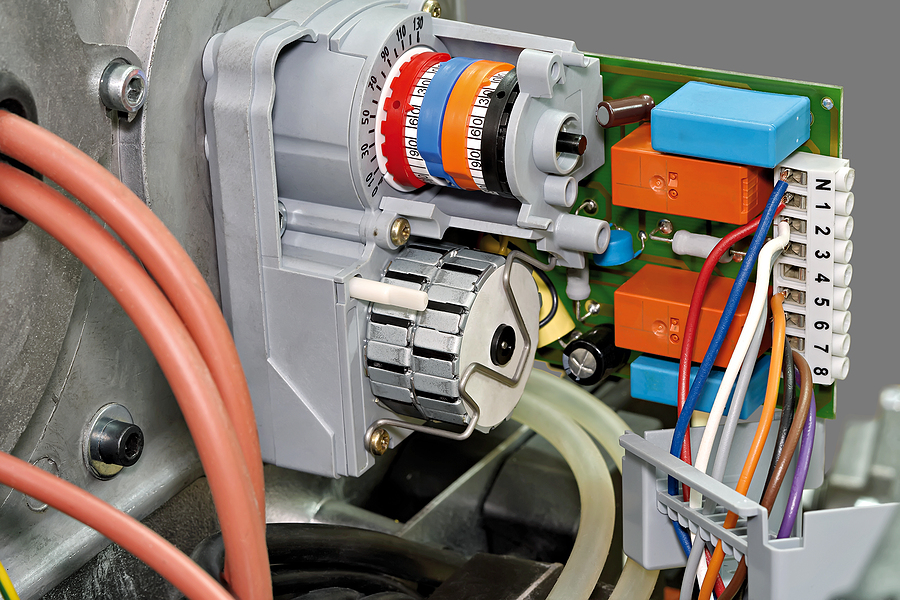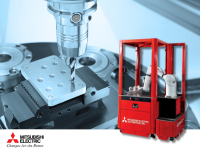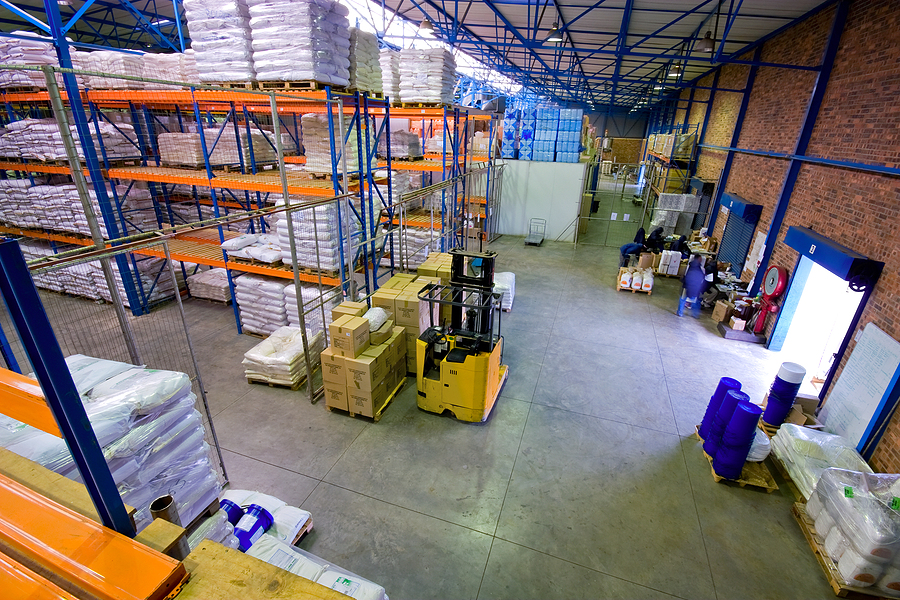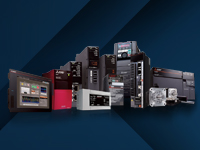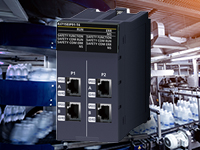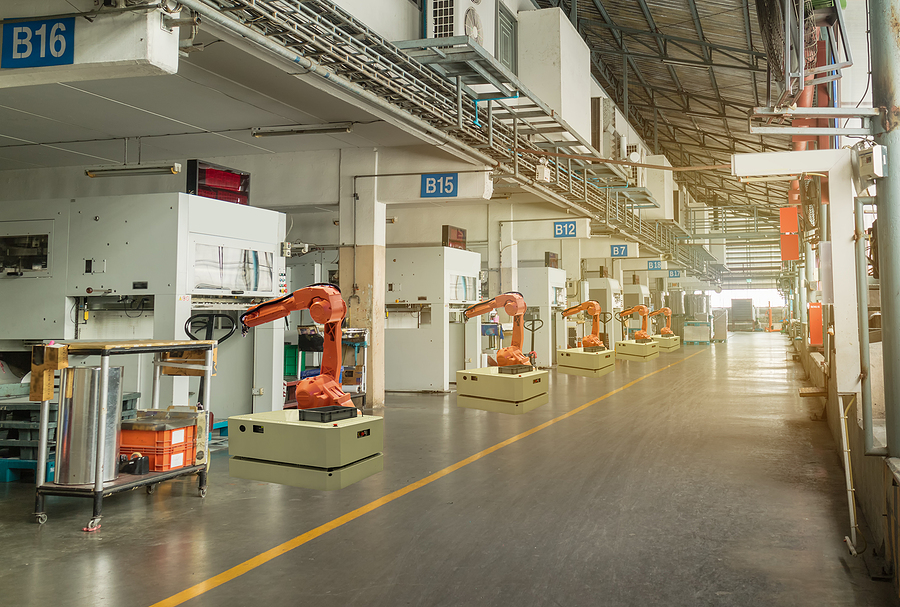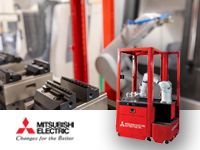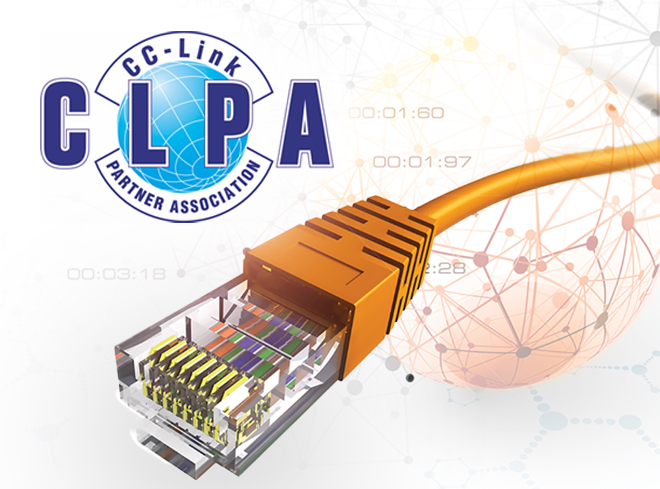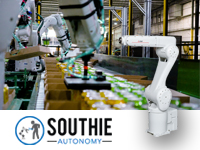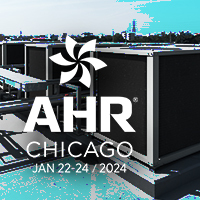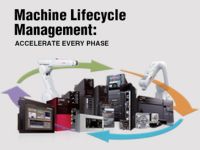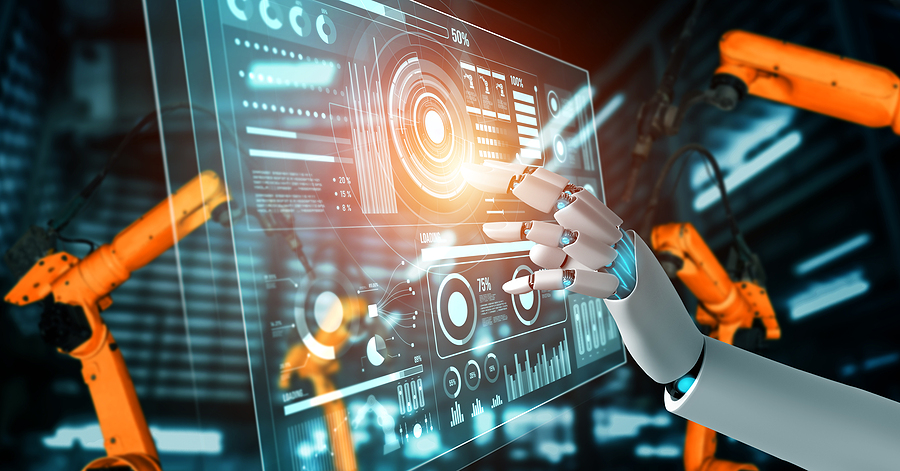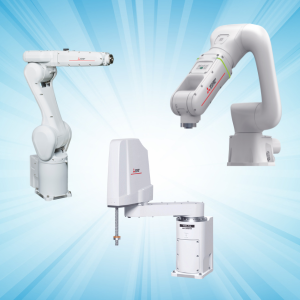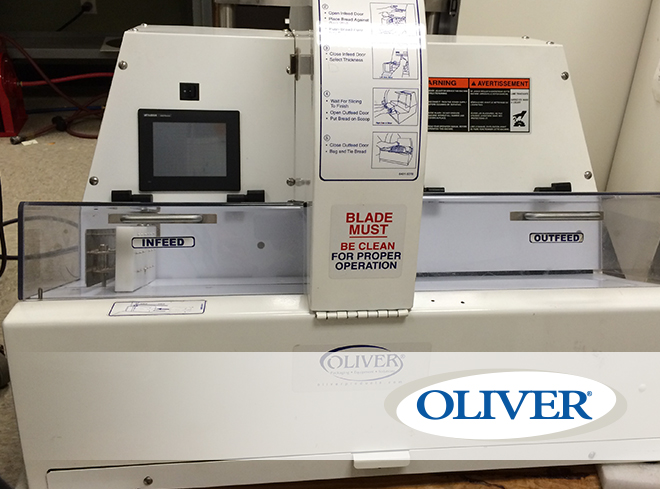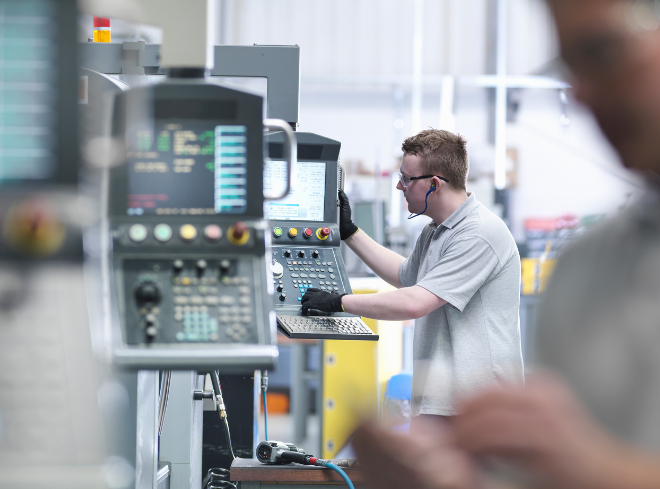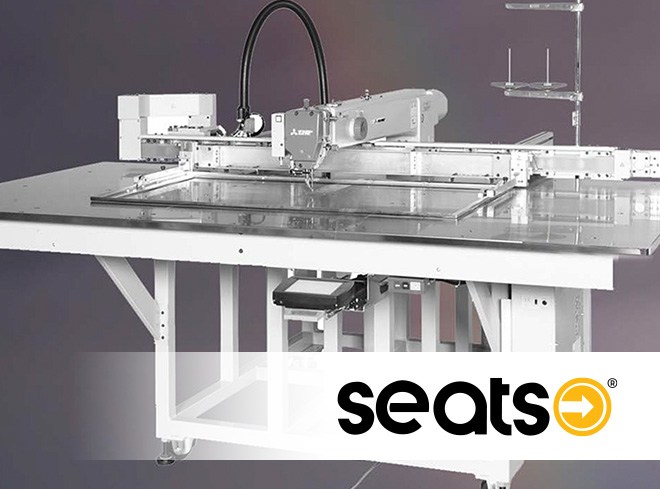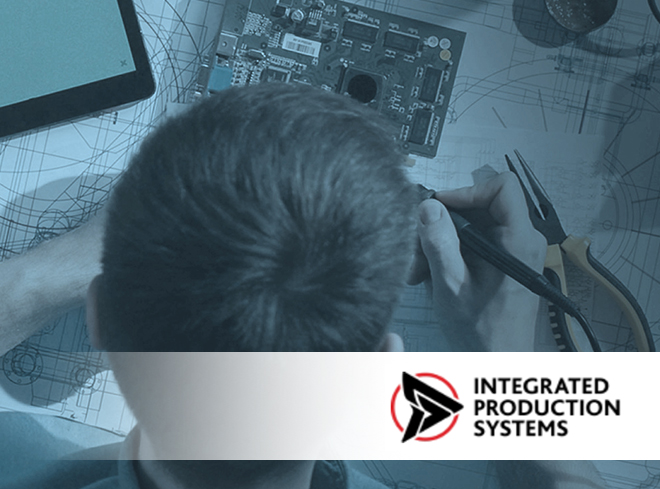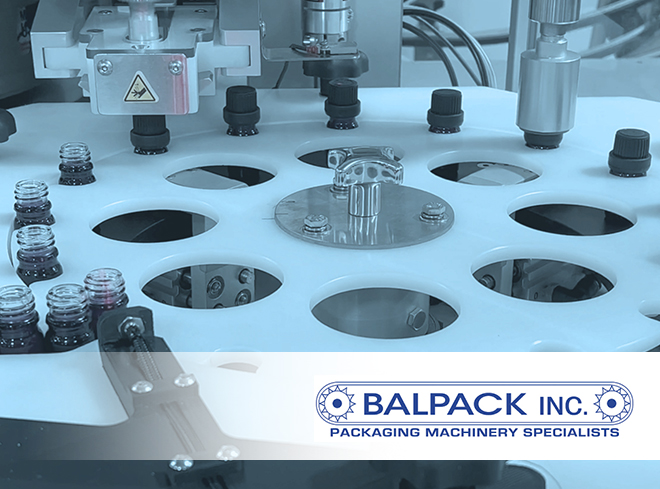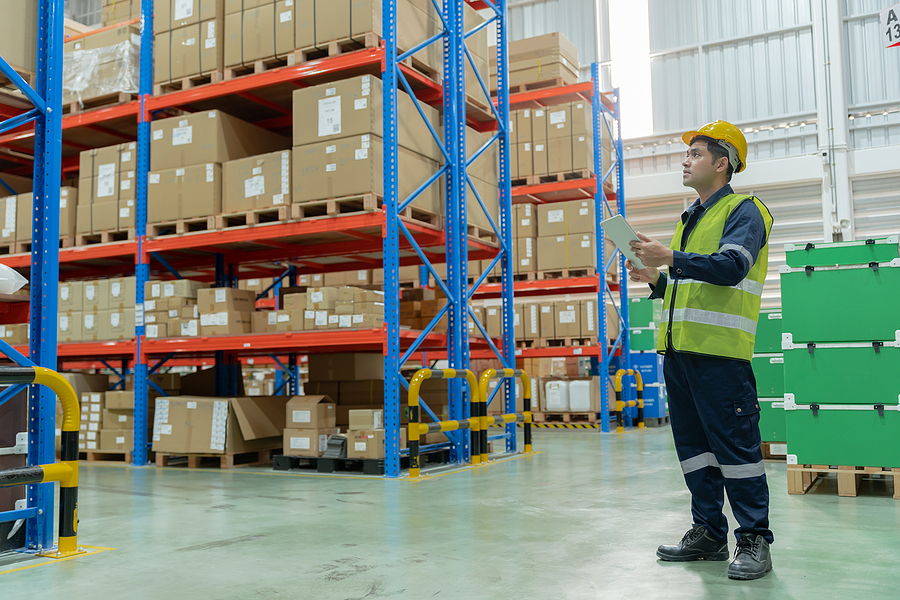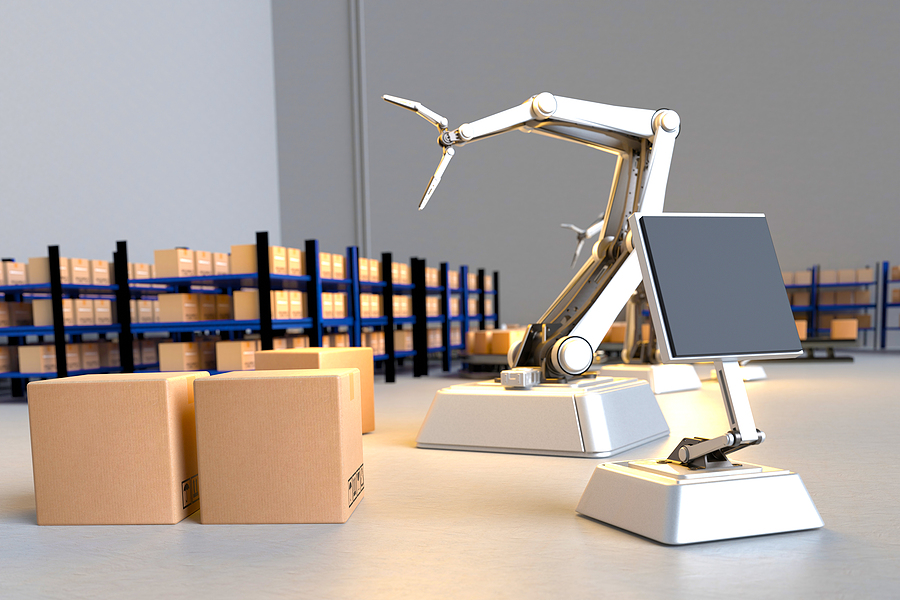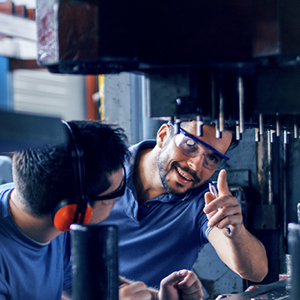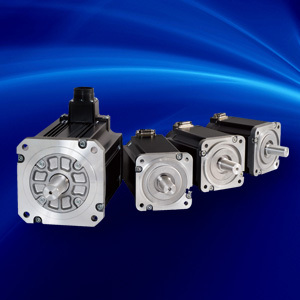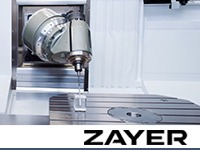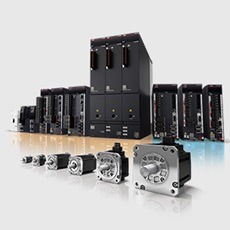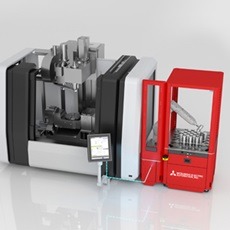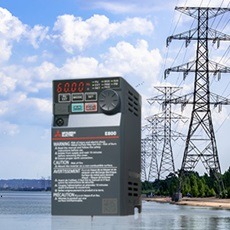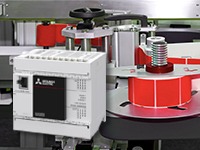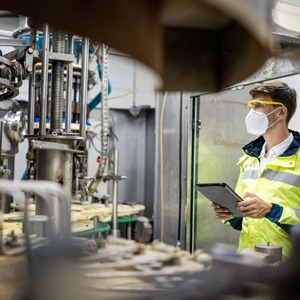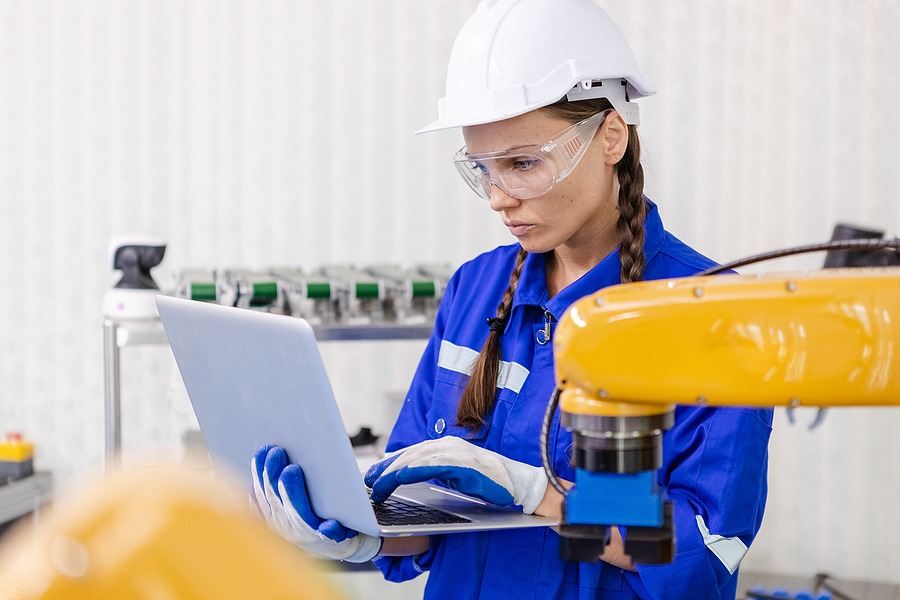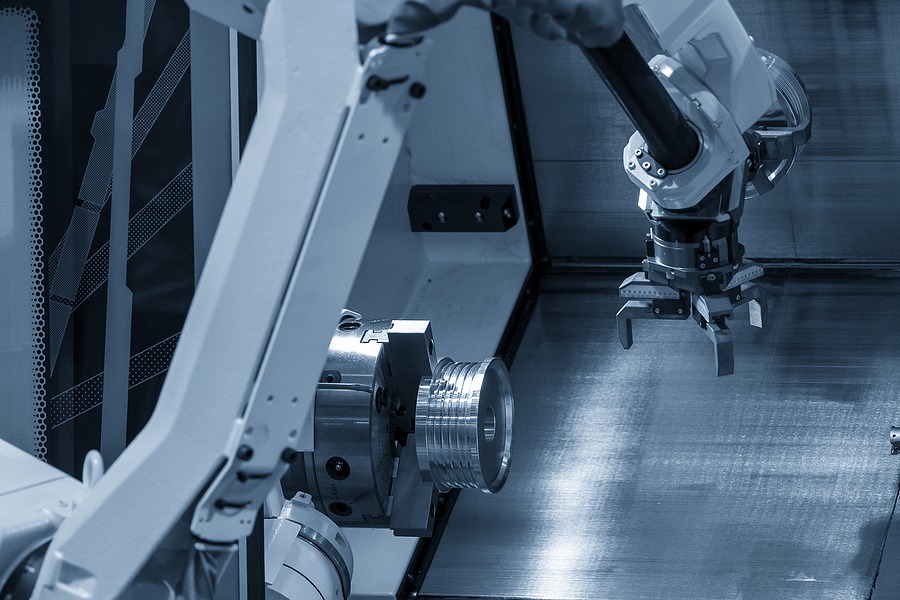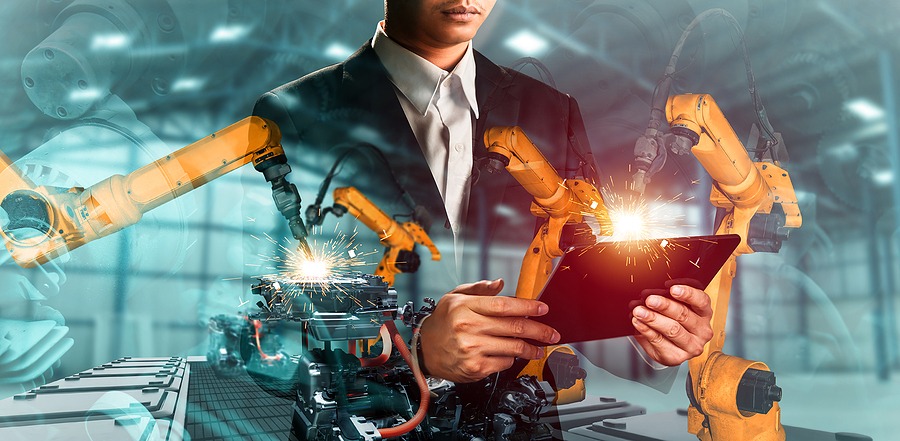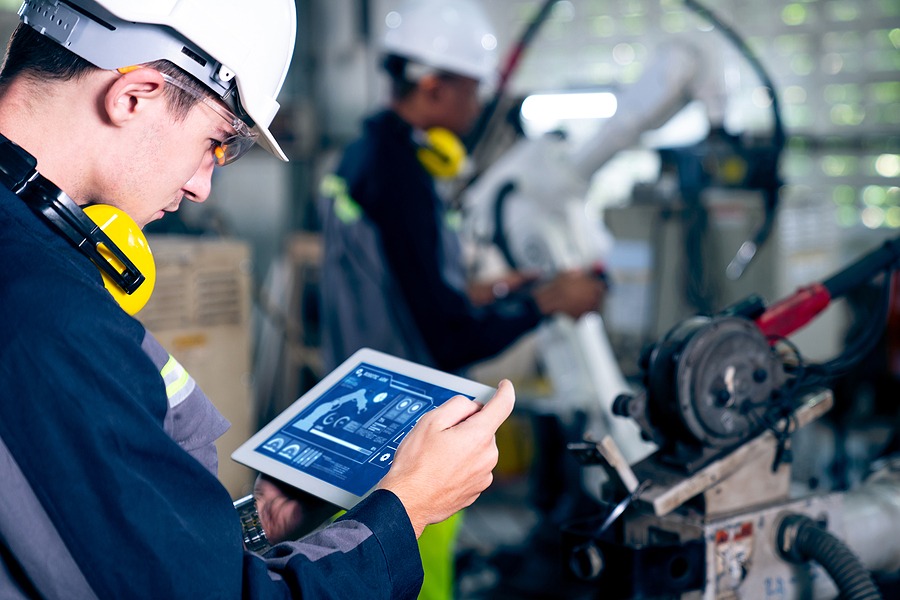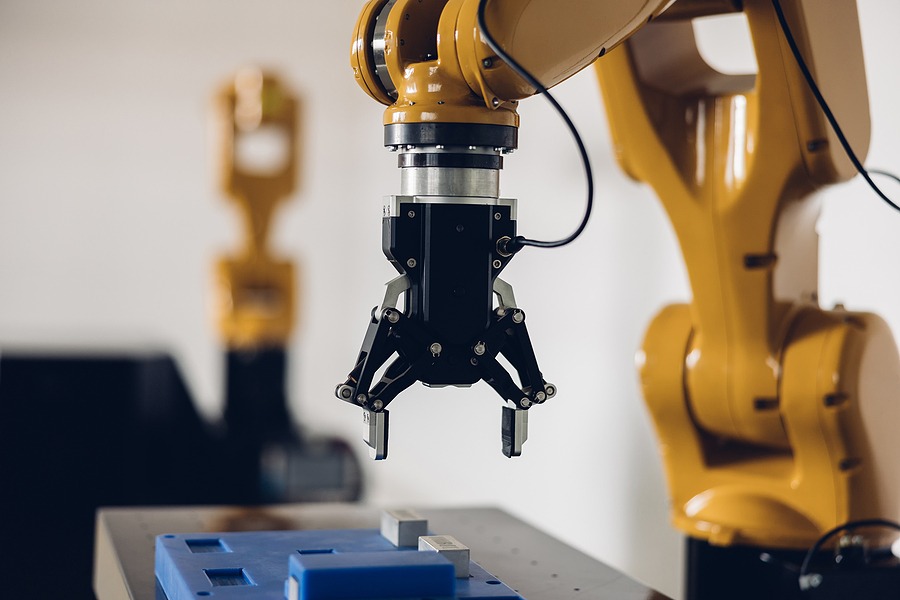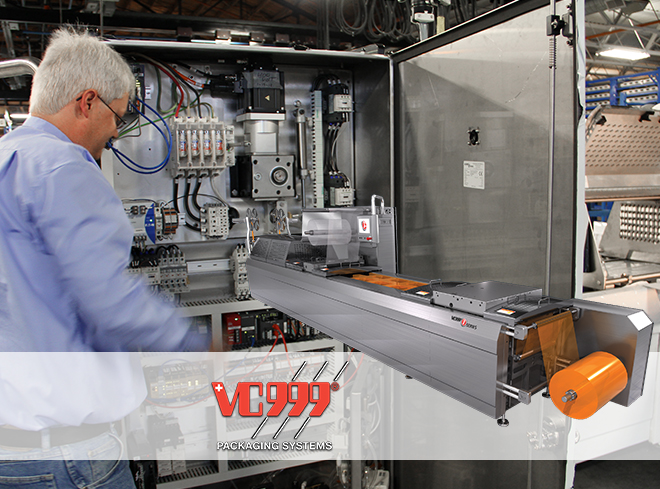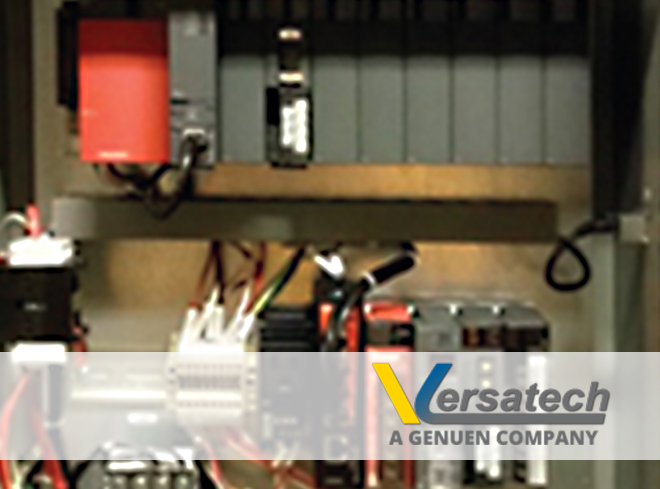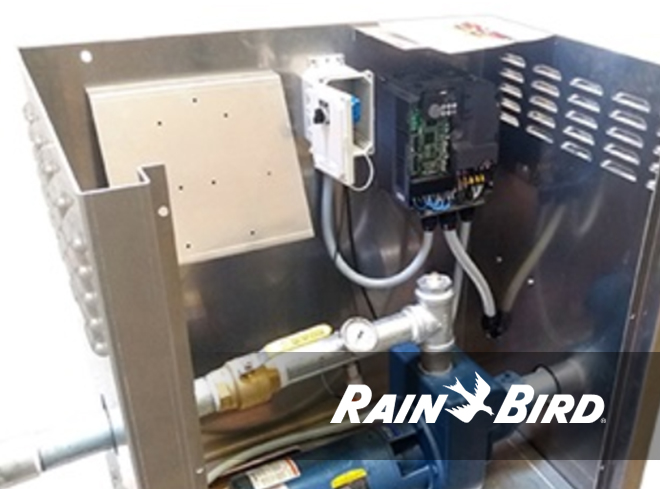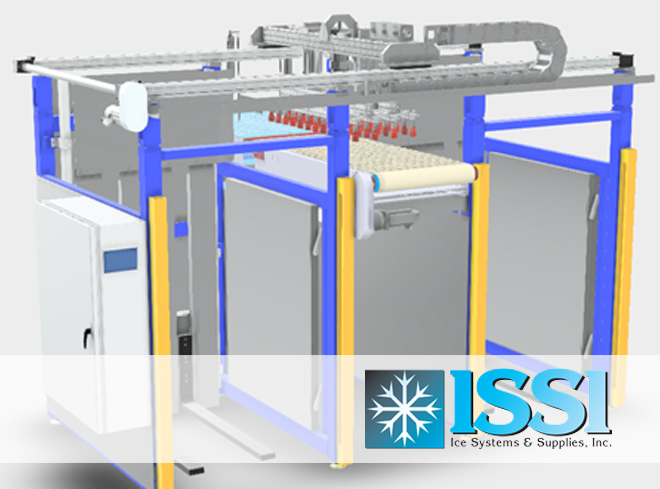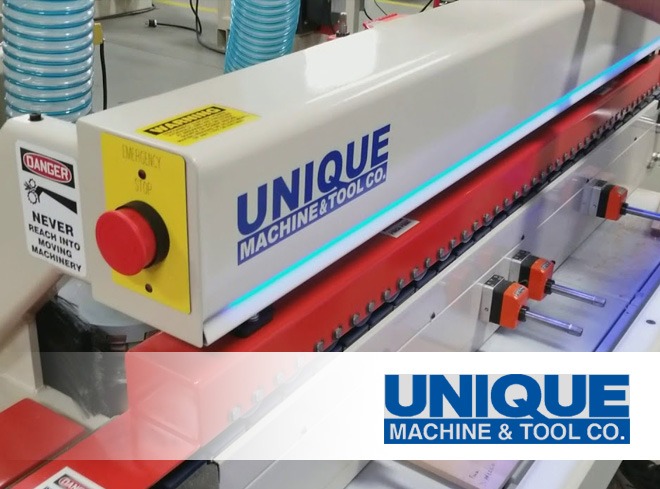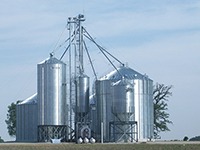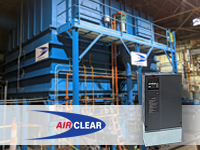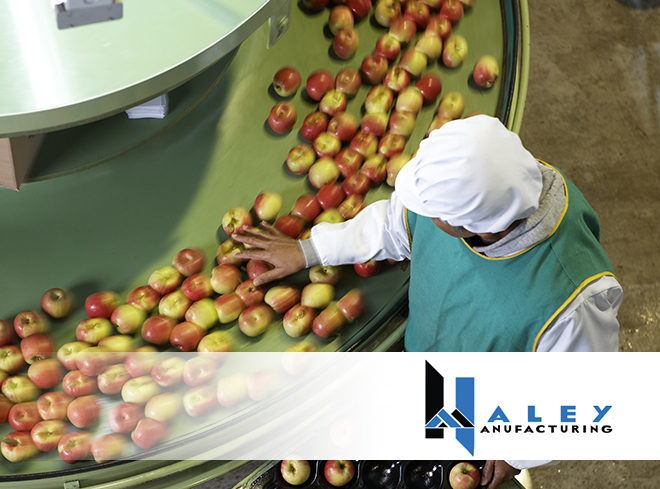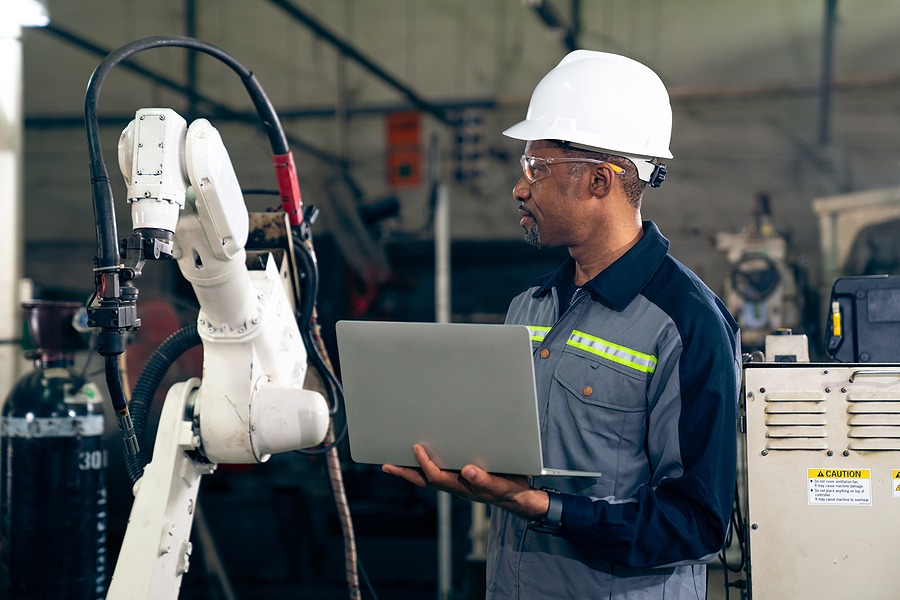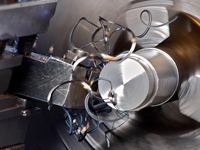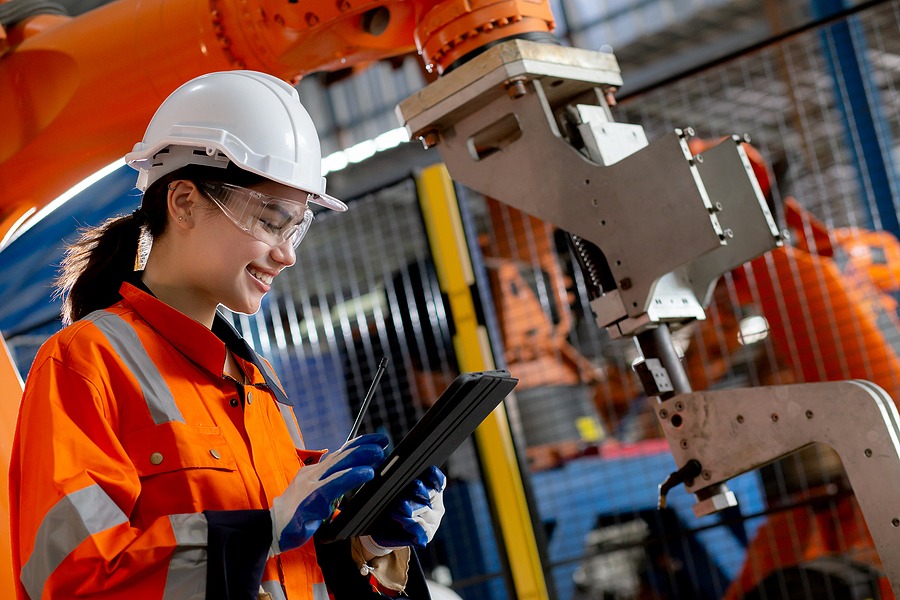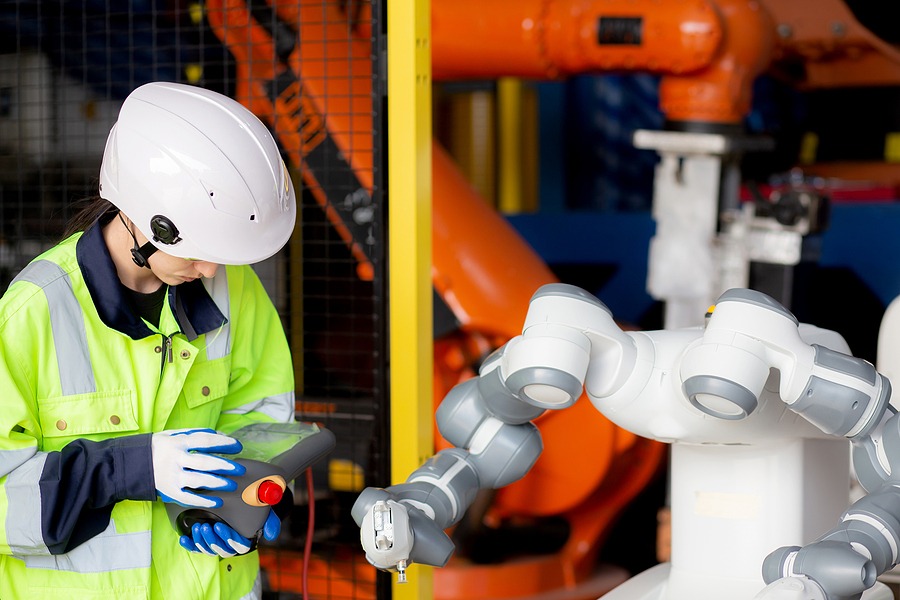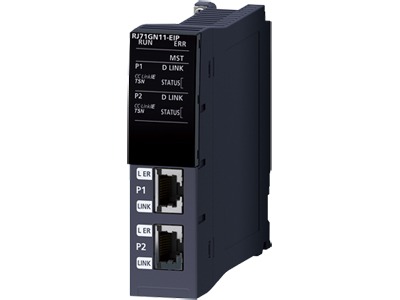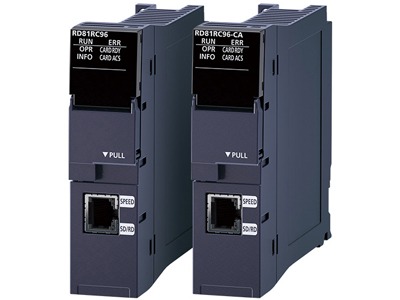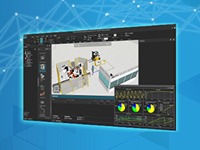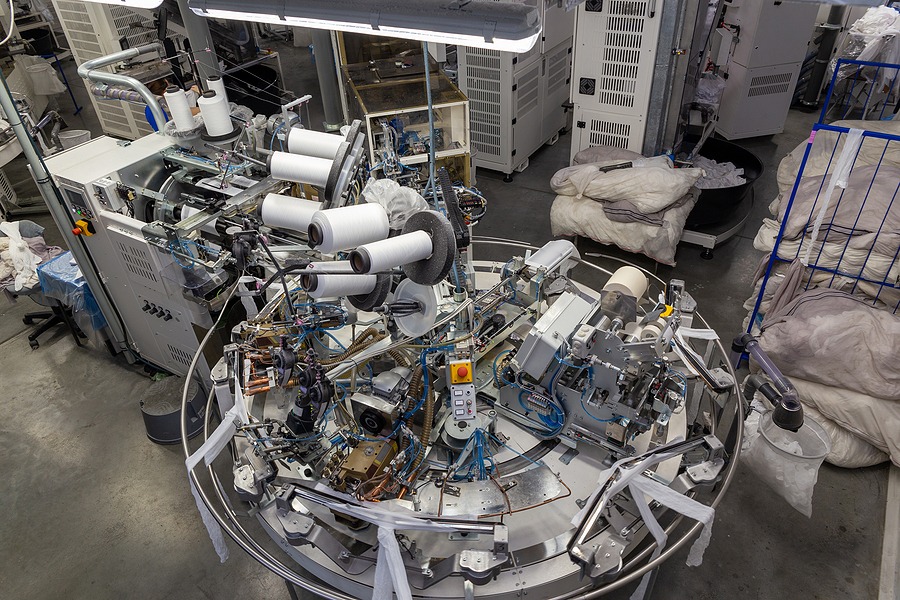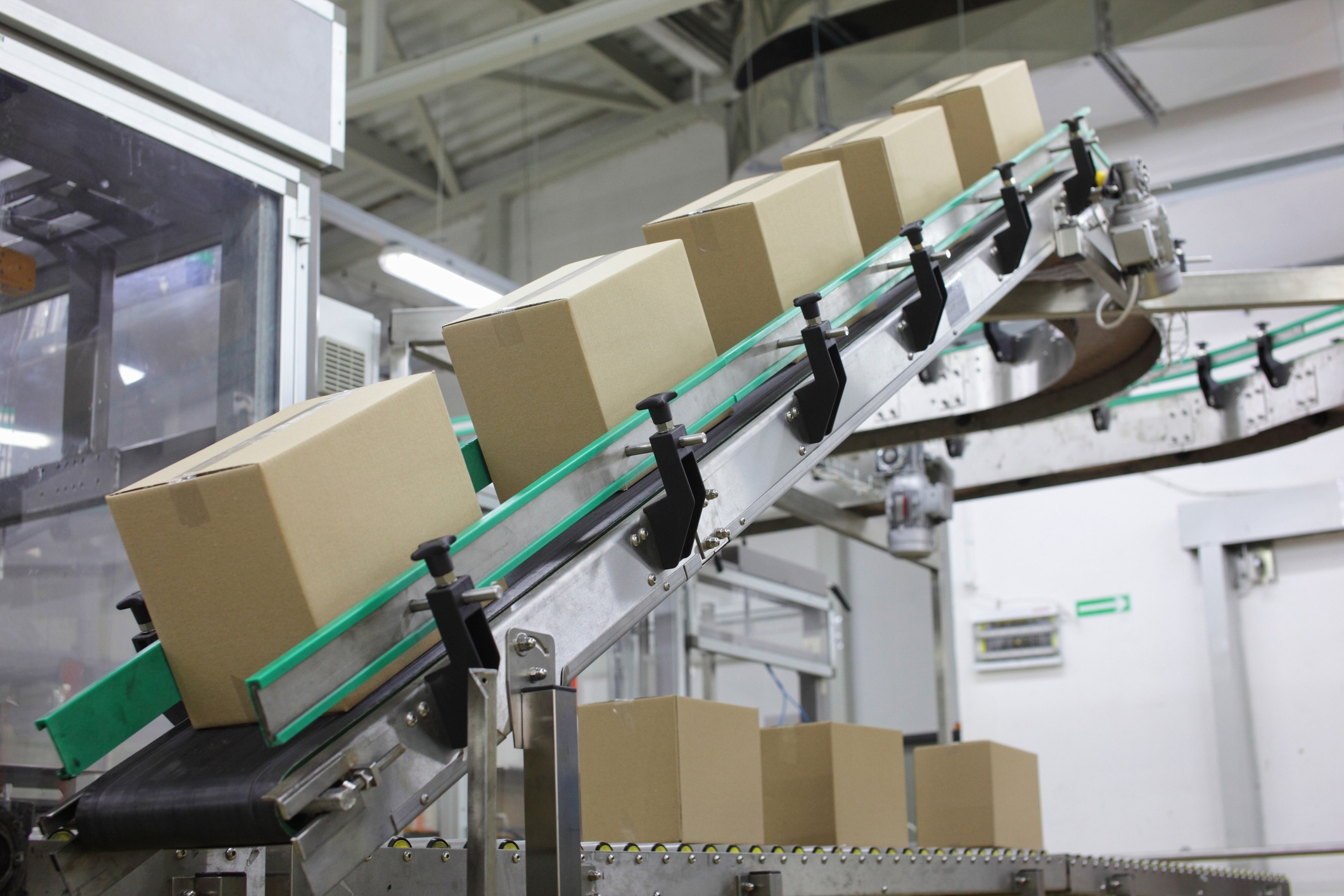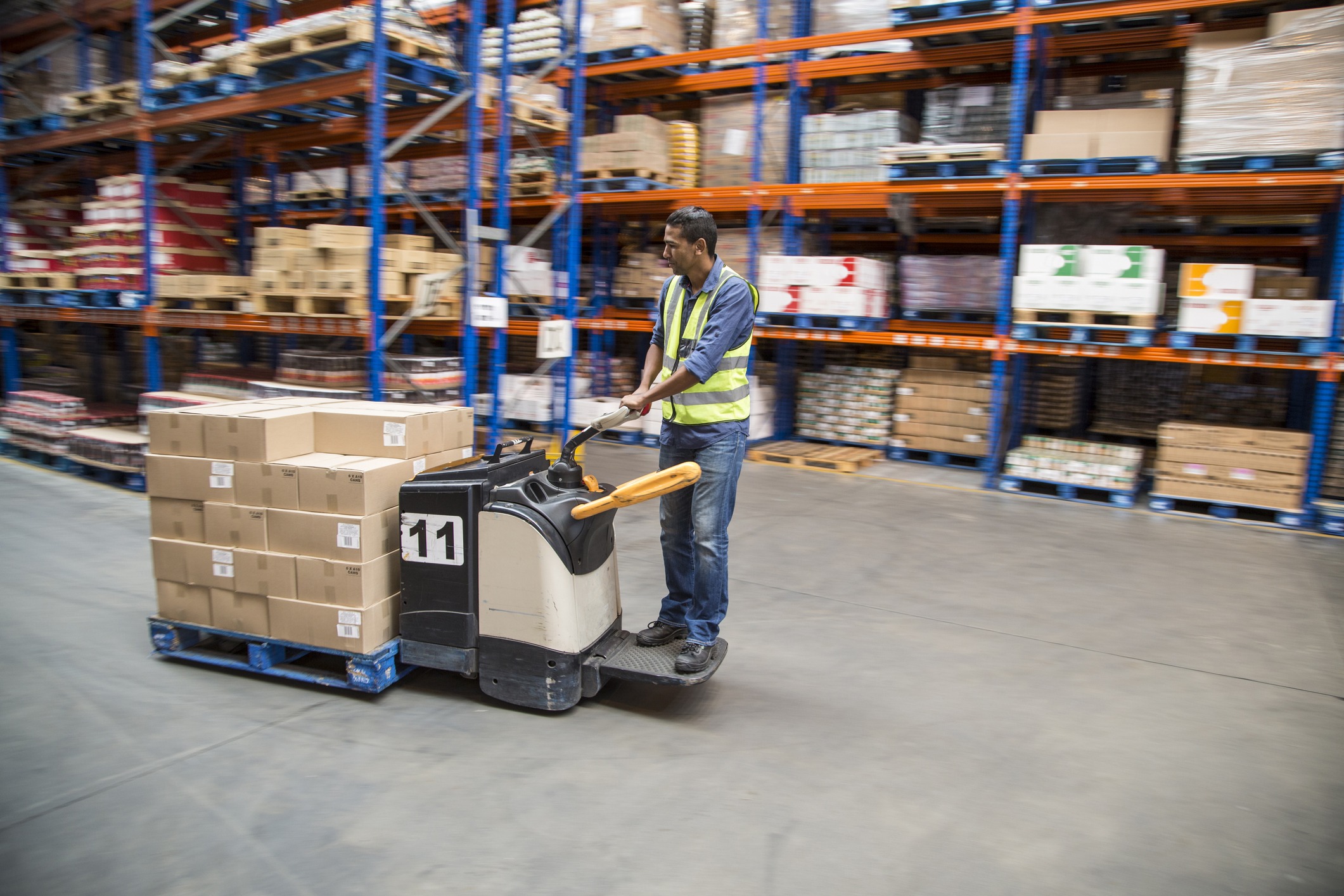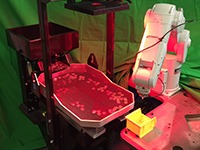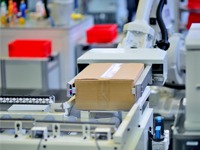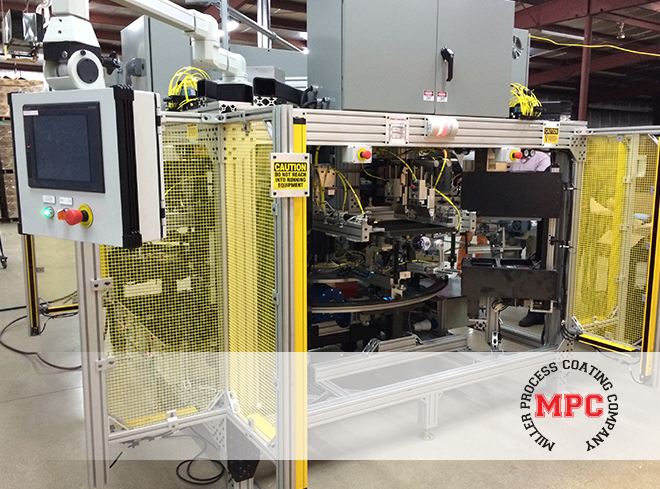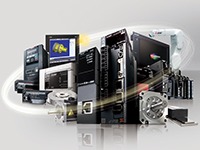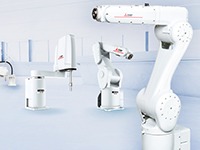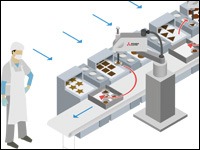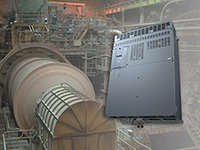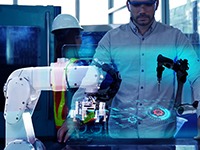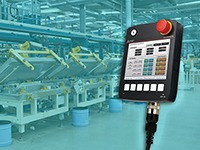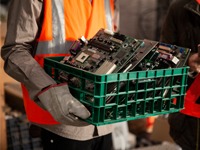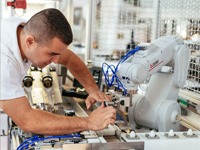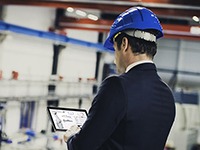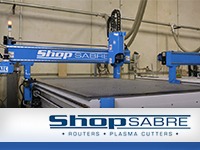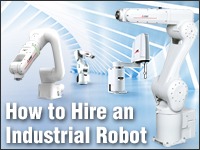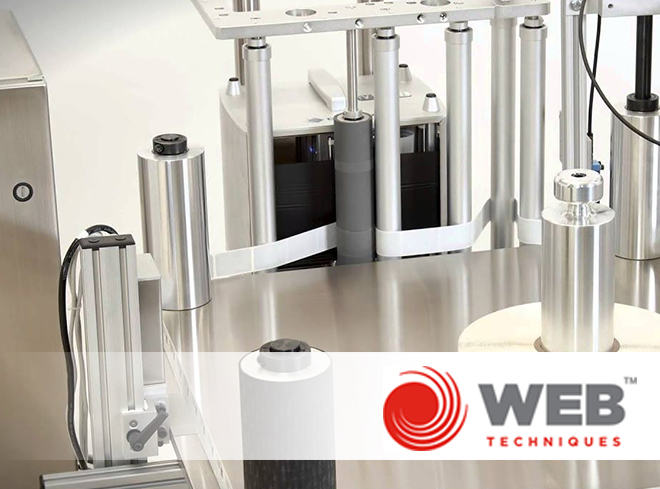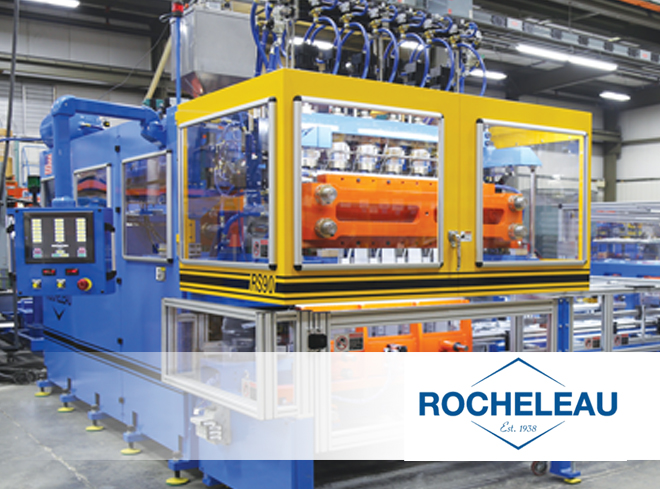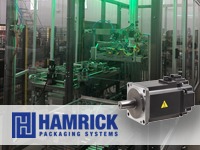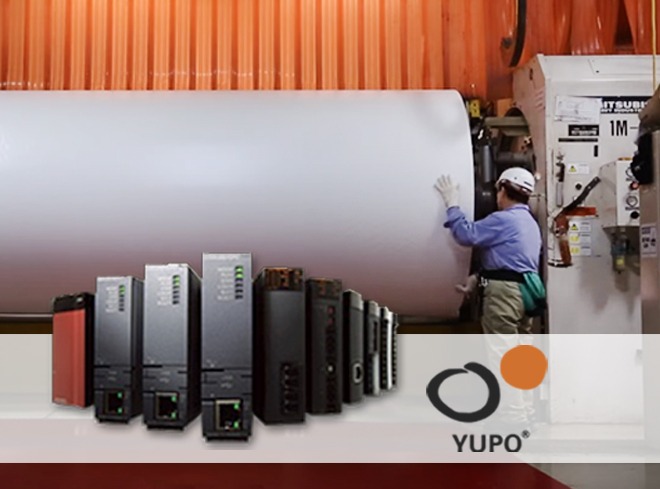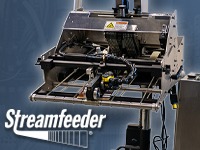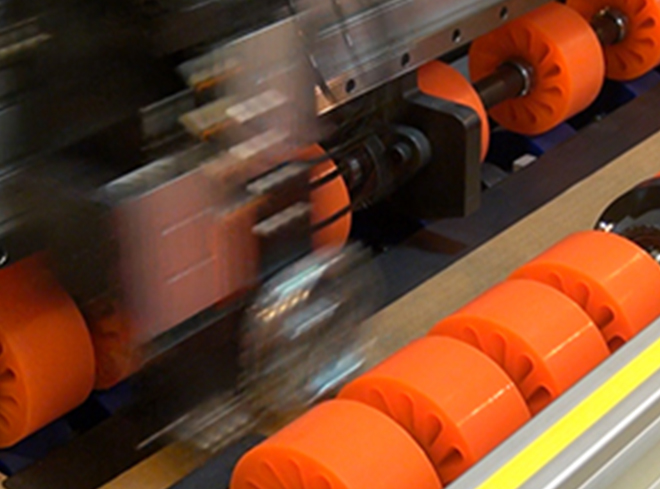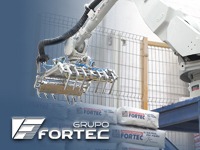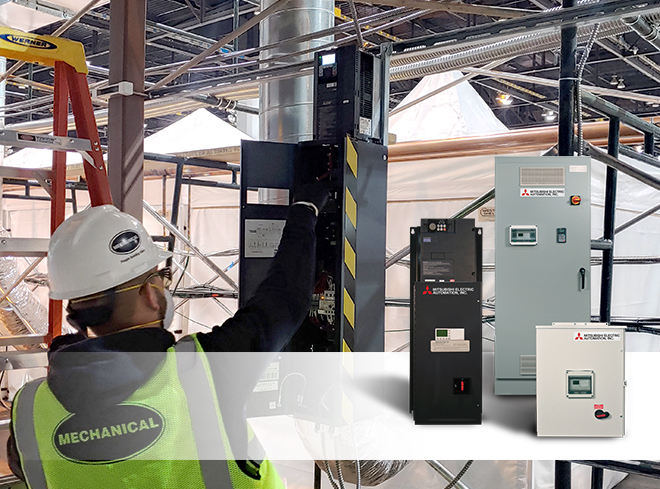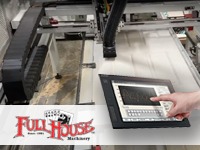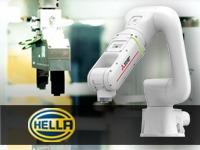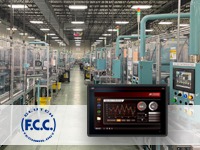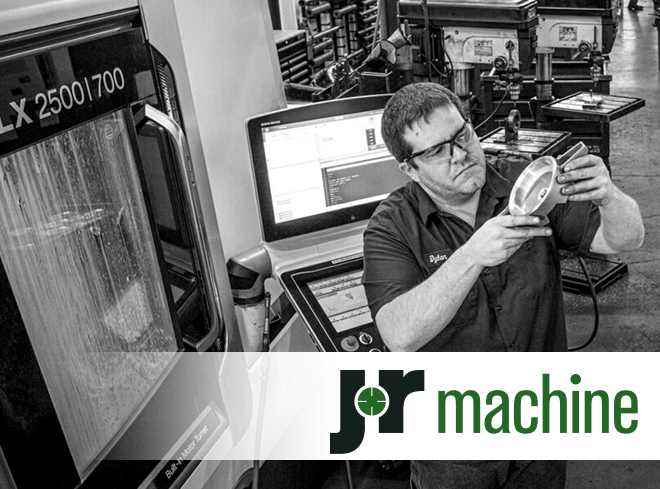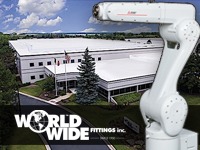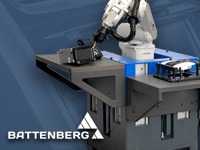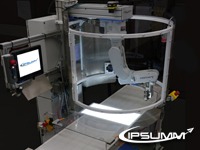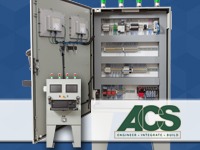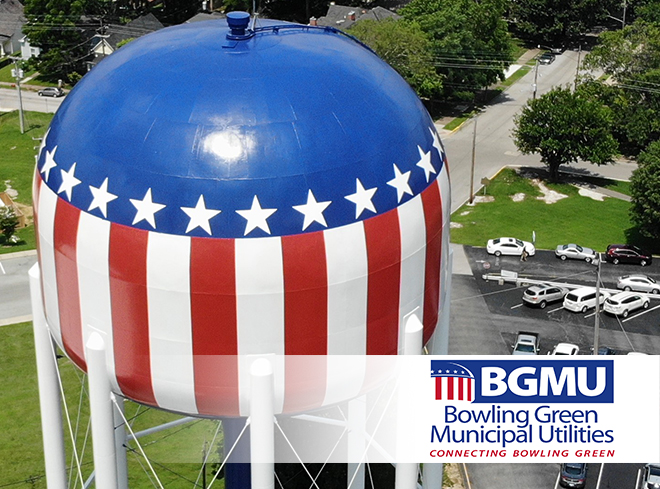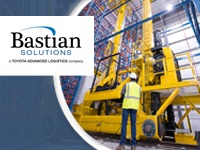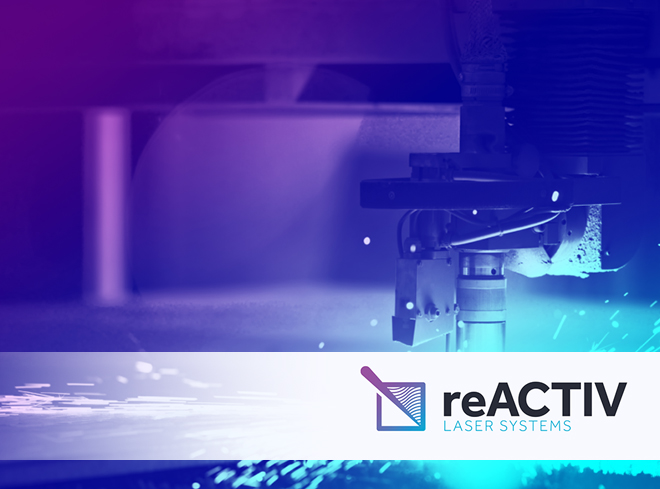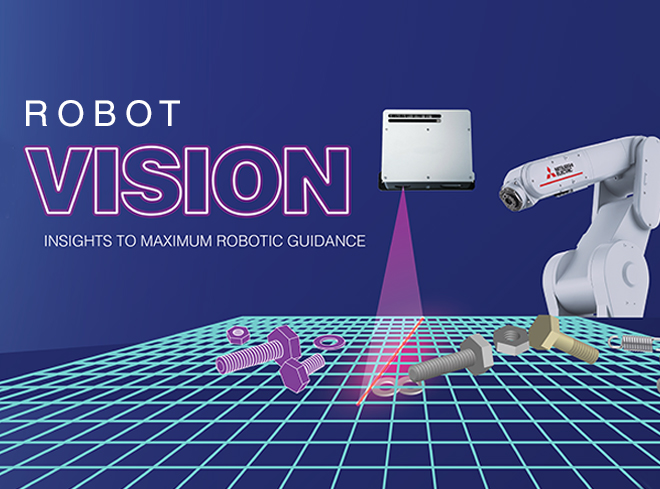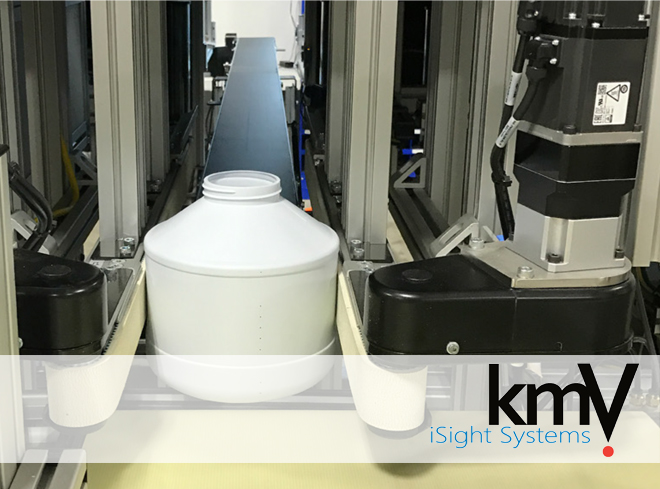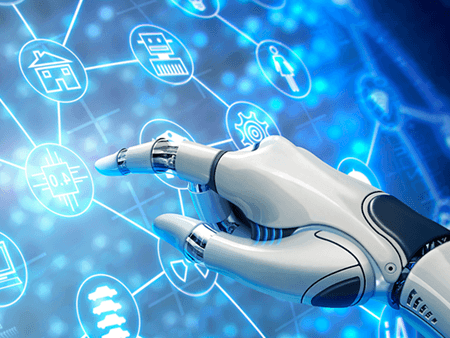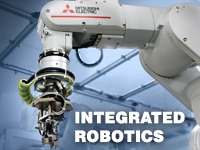
Factories and manufacturing have seen many changes as technology advances. The use of Robotic Process Automation (RPA) in a factory is one of the greatest changes. Instead of having human workers doing tedious, repetitive, or stringent rule-based job duties and tasks, RPA takes care of it from the software side. Explore the basics of RPA in a factory setting and learn how it’s beneficial for everyone.
What Can RPA Do and How Does It Work?
The first thing to understand is that RPA isn’t a robot or automated piece of machinery. It’s software technology that performs repetitive tasks following a set of rules. RPA processes data and completes specific tasks that people can do, but it takes time and is incredibly repetitious, which can be boring and lead to human error. RPA avoids errors.
How could RPA be used in your factory? Invoice processing is one example. Your workers have to print invoices out regularly, and those invoices need to be error-free. Plus, different clients require different formats, so time is wasted looking up what a client wants and switching from one invoice template to another.
RPA can take over, create error-free invoices, and switch from one invoice template to ease. At the same time, RPA can cross-check for duplicates, verify the quantities match what was sent, and update invoice records in the enterprise resource planning software.
Rely on RPA to track inventory and order supplies or alert to the need to order supplies. It can create purchase orders or bills of lading before trucks arrive and keep track of everything to ensure the numbers match.
Are you moving from an older system to a new one? Are you taking years of paper files and uploading them to software? RPA can scan and migrate the data.
RPA also helps with routine computer maintenance and debugging, scheduling appointments or meetings and sending out reminders, recording minutes and sending a copy to attendees and shareholders, and tracking deliveries and manufacturing stages.
The Benefits of Using RPA in Factories
While it’s apparent that RPA has a lot of uses in your offices and on the factory floor, there are four important benefits.
Efficiency Increases
Humans are prone to errors. One of your workers calls to say they have the flu. Another employee has to take on extra work to get everything done in time. That extra workload can lead to errors as the employee rushes the job.
When efficiency increases, employees have time to do things that benefit the business. They could take online courses to learn coding or spend more time marketing your products or services to get new clients.
Errors and Scrap Rates Decrease
RPA helps reduce the chances of errors in production, inventorying, invoicing, and scheduling. If you can reduce waste, you save money on new supplies and raw materials. That goes back to cutting costs and saving money.
If an error impacts a customer, you run the risk of losing a valued client. Your client wanted 100 pallets of your products, but your office worker typed in 1,000 in error. You’ve shipped all 1,000 and the customer refuses to pay for the extra. RPA avoids mistakes. Accuracy increases, customers are happier, and work flows smoothly.
Labor Shortages Don’t Destroy Your Business
Finding staff can become a challenge. Even if you hire someone, they may not last, especially when the tasks you need them to do are repetitive. A bored employee can be an unhappy employee, and that makes it hard to get enough manpower.
Worse, unhappy employees may leave feedback on sites like Glassdoor, which prospective employees and clients can see. RPA can take over the routine chores that lead employees to leave.
Revenues Increase
You will have to pay for the RPA software and set-up costs. However, as your factory’s efficiency improves and waste costs decrease, you’ll find the changes you make pay off. Soon, your revenues increase. Estimates are that RPA results in savings of as much as 20%. It adds up quickly.
That makes it possible to grow your factory, offer higher pay and better benefits, and become a fun place to work. When you have content employees, turnover rates decrease, so you’re not wasting time hiring, training, and repeating that process.
If you have RPA in your manufacturing plant alongside robotics and factory automation, your plant can work around the clock. It doesn’t need to shut down for a holiday, weekend, or overnight. Workers have weekends off and aren’t being forced to work overtime.
How Do You Implement RPA?
In order to implement RPA in your manufacturing plant, you need to assess all areas of your business that have tasks you could automate. Build a list of these tasks and brainstorm how you can use RPA bots to perform them. What can the bots do to simplify things for your employees?
You do have to consider your budget. It’s going to take time to install the software, adjust settings, and make sure the system is set up correctly. Your IT team may need time to learn the new system, so make sure you have a realistic schedule for implementing RPA in your factory.
As you implement the technology, assess how things are going. You may need to make a lot of adjustments and tweak things to get the system perfected. If you work with an expert from the start, you have the help you need to ensure RPA is implemented quickly and correctly.
Be ready to overcome any challenges. RPA can be a change that everyone needs time to adjust to. Some workers may need training to understand how to use RPA in their roles. Have training sessions set up so that everyone has a chance to attend.
What Future Advances Will RPA Have on Manufacturing?
Three technologies are said to have helped bring RPA into existence. First was screen scraping technology that bridged legacy systems with current systems, even when the technology was no longer compatible.
The second was workflow automation and management came next, and it was embraced throughout the 1990s. It enabled software to look for specific pieces of information and draw them into a database.
Third is the use of artificial intelligence or AI. It’s been talked about since the 1950s, but it’s an emerging technology that’s starting to get a lot of attention. From writing code to automation in factories, AI is proving to be incredibly useful for its speed and consistency.
As of May 2023, robotic equipment installations increased by 12% from the previous year. While any factory benefits from RPA, the automotive industry is one of the biggest sectors to adopt this technology. When you pair robotics and automation in your equipment and also use RPA software to improve workflow, you have a comprehensive plan for fully automating your plant. Business owners realize the value of RPA in factories, and it’s expected to keep growing.
If you’re considering RPA, robotics, and automation in your factory, it’s a great time. Talk to Mitsubishi Electric to learn more about incorporating RPA in your plant and how to embrace factory automation and AI to bring your company into the future.
Work with Us and Succeed
We love our customers and the challenges they bring to us. We also like to let our customers shine by discussing how we worked together to solve their biggest challenges. If you have a challenge that needs to be solved and would like to be our next BIG success story, reach out to us and let’s connect!

